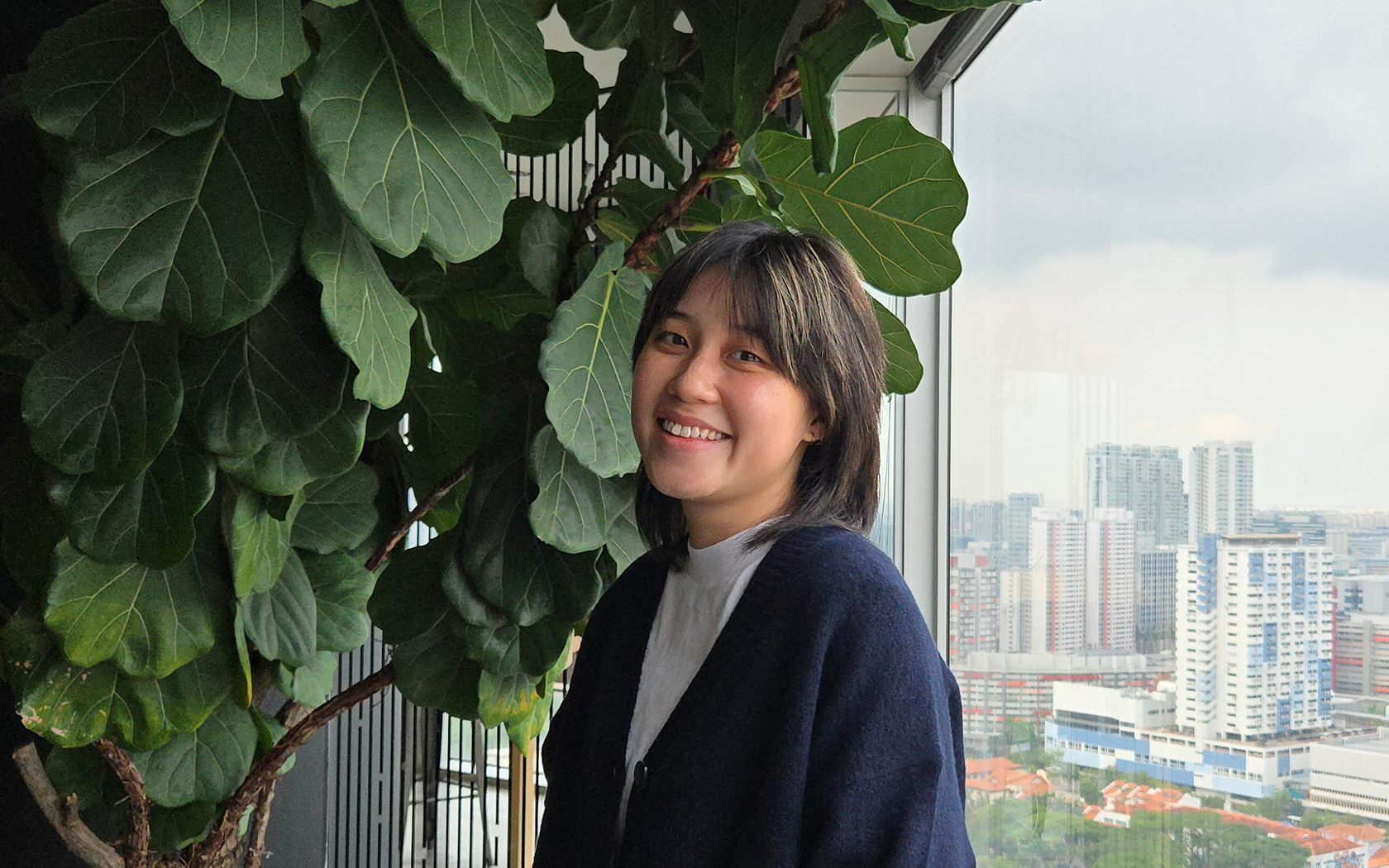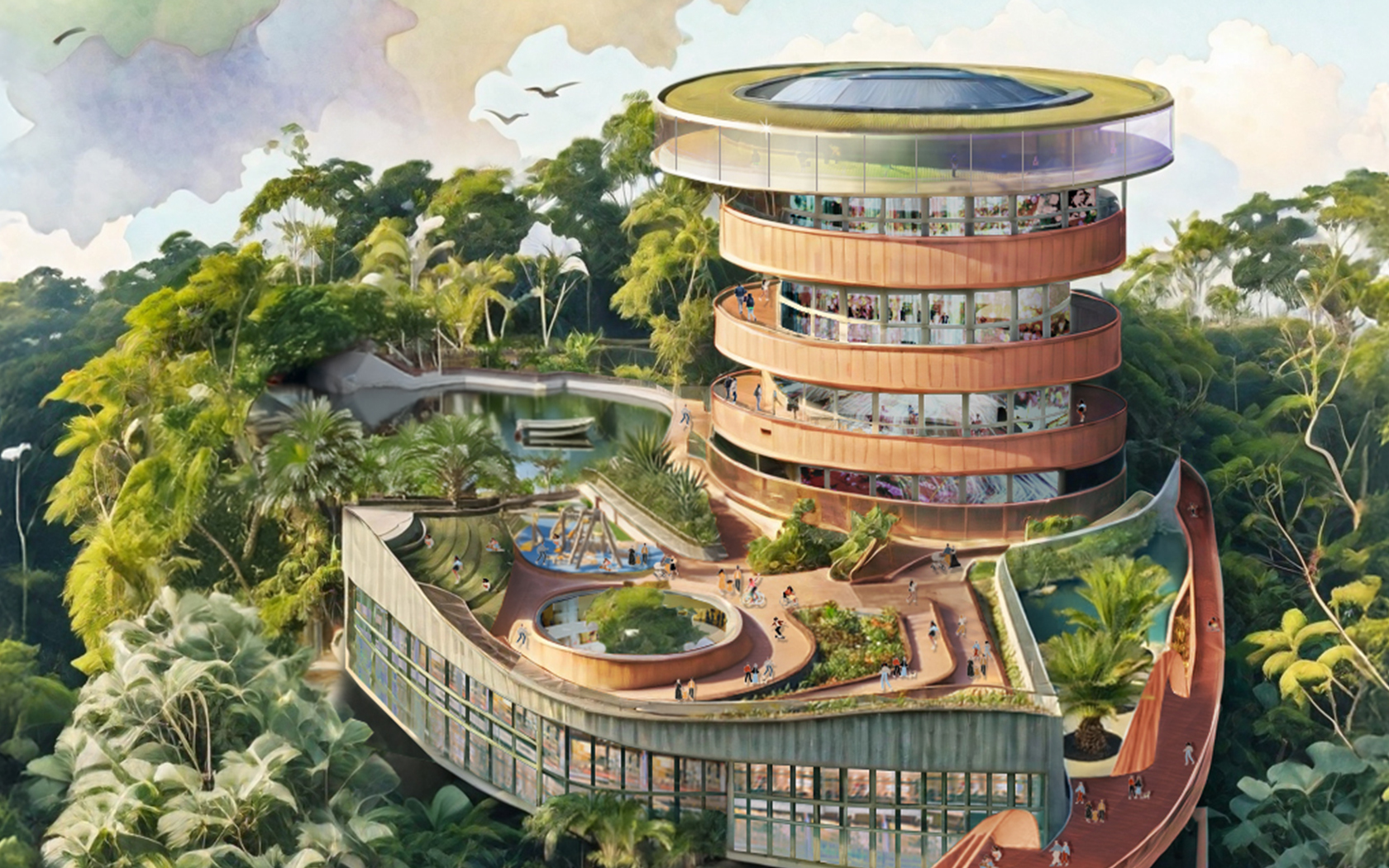In this interview, Ally reflects on her journey into urban design, sharing what inspires her work, the role of an urban designer, and advice for those starting in the field.

In this interview, Ally reflects on her journey into urban design, sharing what inspires her work, the role of an urban designer, and advice for those starting in the field.

I first learned about Broadway Malyan while at university, when I visited an exhibition showcasing several masterplanning projects, including the Kallang Masterplan. I was immediately drawn to the project’s graphical style, which went on to inspire one of my final-year projects. It felt serendipitous that, soon after I graduated, Broadway Malyan was hiring. I’ve now been working at the Singapore studio as an Urban Designer for about a year.
I began by studying architecture, but I found it was a bit of a struggle because I’ve always been more of a big-picture thinker. I tend to see things from a broader perspective, so when I worked on my first studio project at an urban scale, I instantly fell in love with it. There wasn’t the same level of nitty-gritty detailing; it was more about shaping narratives and understanding how an urban concept could impact people’s lives and the environment. That’s what led me to shift from architecture into urban design and masterplanning.
It’s about shaping the framework of a city or district, thinking about how people move, how spaces connect, and how public places encourage social interaction. The goal isn’t just to create spaces that work efficiently, but to design places that make people feel something: where people want to be, spend time and enjoy themselves.
I often describe it as a bit like building your own island in the game Animal Crossing. Instead of placing buildings at random, we carefully consider where people might walk, where they might gather, the views they’ll experience and how nature fits into the environment. We aim to create the best balance between beauty and functionality. Just like in the game, the better you design it, the more people will want to visit, and that’s what makes it so rewarding.
Reimagining the Former Jurong Bird Park and Jurong Hill ideas competition has been my favourite project, and it's also the only one I've worked on that's based in Singapore. Working purely at the ideation stage reminded me of my university days, where there was more room for creative exploration and no fixed rules or frameworks to follow.

The site is a former bird park and zoo in Singapore. The city is generally very flat, and the fact that this site is on higher ground immediately sparked an idea – to incorporate cycling into the design. Cycling is one of my hobbies, and I thought introducing it would bring a sense of adventure and thrill to the space. To my surprise, my colleagues really embraced the idea.
I’ve always had a strong interest in graphical storytelling and used to present my school projects in a comic style, with panels, boards and vibrant colours. For this competition, I proposed using a cartoon-inspired graphic style – something that the Singapore studio hadn’t tried before. It was exciting to bring a personal passion into the design process and see it come to life in a professional context.
I would say that despite its size, Singapore is impressive with how we plan our spaces. Everything is very well connected and walkable, and I think this has shaped my approach to design, where I start to think about the sensitivity of balance. In design, we cannot just neglect one element of urbanism. For example, we cannot just isolate transport from nature; everything needs to be integrated.
I found that placing myself in the client and user’s perspective, rather than the designer’s point of view, is really helpful. As a designer, you may understand how things work, but from a layman’s point of view, you may not really know what it’s like.
Also, there is never a dumb question; it’s all part of the learning journey. Be open to new ideas, stay curious and don’t shut yourself down, and finally, don’t give up!